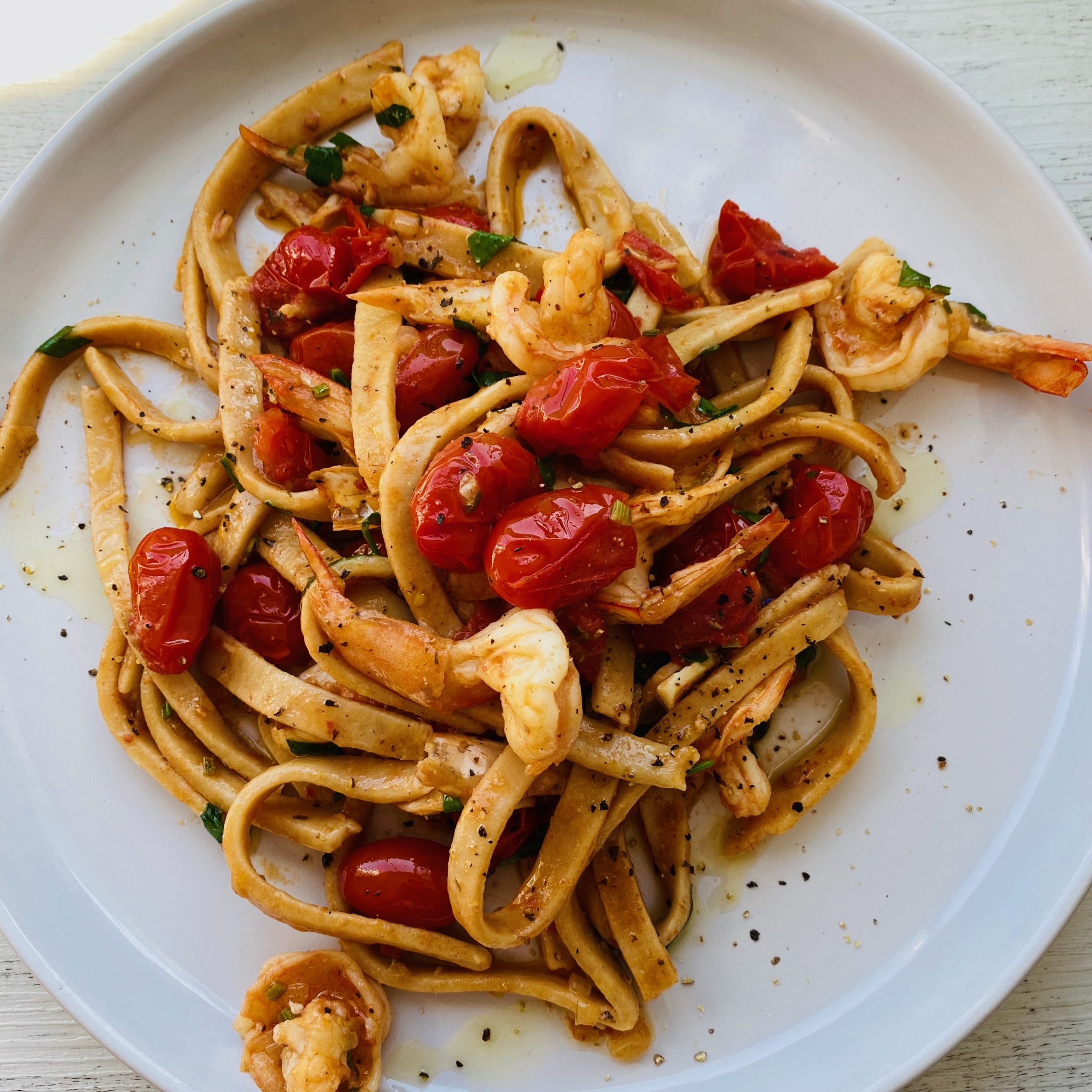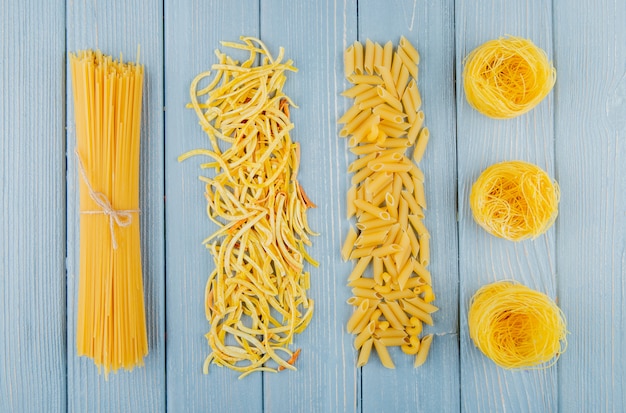
Perhaps this is why the tradition still exists in Sicily to add cinnamon, raisins, and other spices to pasta dough. The original dish contained a lot of Eastern spices. Dried noodles, brought by them to Sicily, became the main precursor to pasta. This practice continued for centuries.Īround the eighth century, during their invasion of Europe, the Arabs had a significant influence on Italian cuisine. At that time, this noodle wasn’t boiled, but was instead baked in ovens. This is where the modern word “lasagna” comes from. Historical excavations have confirmed that around the first century AD, a type of wide noodle was being made from hard wheat varieties, referred to as lagane. Naturally, it looked quite different from what we know today. The earliest pasta was nothing more than flour mixed with water and dried in the sun. The emergence of pasta was simply a matter of time. This was when people learned to grow cereals and later to grind these grains into flour. Researchers believe that the history of pasta dates back to the Neolithic era.

Names, Forms and Types of Italian Pasta.The elegant, twisted shape of this pasta allows it to be the perfect addition to most pasta dishes, from traditional sauces to pasta salads, and even casseroles.

Final ThoughtsĬasarecce pasta is one of Sicily’s most unique creations. These simple but delicious dishes are just a few ways to enjoy casarecce pasta. Chorizo, Ricotta, Zucchini, and Casarecce Pasta Saladįor the perfect summer dish, try tossing a classic summer vegetable like zucchini along with meaty chorizo chunks, creamy ricotta, and al dente casarecce pasta. A creamy, light, and perfectly savory pistachio-based pesto sauce paired up with a delightfully toothsome casarecce and sprinkled with Parmigiano Reggiano is a great way to get acquainted with Sicilian cuisine. This Sicilian classic is the perfect way to enjoy this unique Sicilian pasta.

Here are some traditional dishes you can make with casarecce pasta: Traditional Sicilian Pistachio Pesto Traditional Dishes Suitable for Casarecce Pasta The increased surface area created by the ridges provides an excellent sauce-catching feature in both pasta shapes. Because of their built-in nooks and crannies, they both tend to do well with heavier pasta sauces. Visually, casarecce resembles a twisted scroll shape while fileja more closely resembles busiate.ĭespite all these differences, both casarecce and fileja can be enjoyed in similar ways.

In terms of origins, casarecce comes from Sicily while fileja comes from Calabria. What Is the Difference Between Casarecce and Fileja?Īlthough both casarecce and fileja share similar features, there are a few key differences that make them stand out from one another. The word “casarecce” directly translates to “handmade.” Traditionally, this pasta is formed by twisting and shaping the pasta dough around a ferretto rod, but artisan or mass produced versions achieve the same shape by extruding the dough through a die made from bronze or Teflon. And because Sicily is known for its bright and sunny summers, it only makes sense that casarecce shines best in summery pasta recipes such as a traditional Sicilian pistachio pesto or a light pasta salad tossed with olive oil, tomatoes, and ricotta. This is why it’s no big surprise that casarecce comes from there too. Sicily is credited for birthing a plethora of pasta shapes. Here’s a table with essential facts about casarecce: Pasta Shape: Chorizo, Ricotta, Zucchini, and Casarecce Pasta Salad.Traditional Dishes Suitable for Casarecce Pasta.What Is the Difference Between Casarecce and Fileja?.


 0 kommentar(er)
0 kommentar(er)
